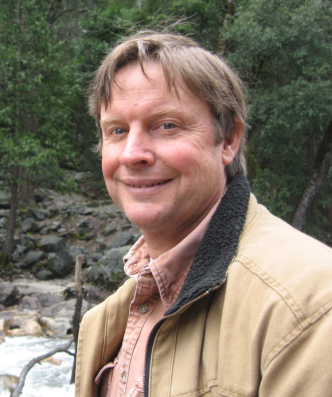Lecture 1: Particle Accelerators Enabling Science
Time: 8:15-9:45 Monday, 14 November 2016
Site: Room 2221, No. 2 Teaching building, Songjiang Campus
Speaker: Dr. Jeff Corbett
Particle accelerators have been used for many years to study nuclear and high-energy physics phenomena. In the process new developments in accelerator technology often lead the way to new research opportunities. An important example is the field of synchrotron radiation science. In this lecture we look at the history of particle accelerators from early pioneering experiments to recent applications including large scale synchrotron radiation x-ray facilities and the advent of the 'free electron laser' which can produce short pulse radiation with very high instantaneous beam power.
----------------------------------------------------------------------------------------------------
Lecture 2: Engineering Concepts for Synchrotron Radiation Machines
Time: 8:15-9:45 Tuesday, 15 November 2016
Site: Room 1110, No. 1 Teaching building, Songjiang Campus
Speaker: Dr. Jeff Corbett
In this lecture we look closer at the engineering design of synchrotron radiation facilities. The primary accelerator components include magnets to bend and focus the beam, vacuum chambers to contain the beam, acceleration systems and mechanically stable supports. In addition, complicated magnetic 'undulator' devices are needed to produce high-brightness synchrotron radiation for the experimental beamlines. Examples are given for each system to highlight engineering challenges.
----------------------------------------------------------------------------------------------------
Lecture 3: Lasers in Accelerators
Time: 16:20-17:50 Wednesday, 16 November 2016
Site: Room 1209, No. 1 Teaching building, Songjiang Campus
Speaker: Dr. Jeff Corbett
In this lecture we discuss applications of lasers to particle accelerators. Following an introduction to the basic mechanisms of laser operation, we explore the application of laser beams to produce charged particles for acceleration, lasers for ultrafast materials research at accelerator facilities, lasers for timing applications and finally techniques to produce laser-like x-ray beams using particle accelerators.
----------------------------------------------------------------------------------------------------
Lecture 4: Photon science research at SINAP - Past, Present and Future
Time: 8:15-9:45 Thursday, 17 November 2016
Site: Room1209, No.1 Teaching building, Songjiang Campus
Speaker: Dr. Jianhui Chen
In this lecture we provide an overview of large scale facilities for photon science research at the Shanghai Institute of Applied Physics (SINAP). The history, current status and future prospects of the Shanghai Synchrotron Radiation Facility (SSRF), an intermediate-energy 3rd generation light source, will be presented. Free-electron laser facilities, under construction or in the planning phase are summarized. We then give a brief introduction to a new gamma-ray source for nuclear research currently under construction.
-------------------------------------------------------------------------------------------------------
Introduction to the speakers
Speaker 1: Dr. Jeff Corbett, SLAC National Accelerator Laboratory
Dr. Jeff Corbett received his B.S. in Electrical Engineering at the University of California, Berkeley in 1983 and PhD in Plasma Physics at UCLA in 1989. He then joined Stanford Linear Accelerator Center to work on particle colliders and synchrotron radiation light sources. Dr. Corbett is currently responsible for diagnostic systems for the SPEAR3 accelerator complex with a research interest in visible photon beam diagnostics.
Speaker 2: Dr. 陈建辉, SINAP
Dr. Jianhui Chen received his B.S. in Nuclear Engineering & Techniques at the Tsinghua University, Beijing in 2004 and PhD in Nuclear Science and Techniques at Shanghai Institute of Applied Physics (SINAP) in 2009. He then joined SINAP to work on synchrotron radiation and free-electron laser. Dr. Chen is currently responsible for the FEL commissioning of the FEL projects under construction, Dalian Coherent Light Source (DCLS) and the Shanghai X-ray Free-Electron Laser (SXFEL).
